Surprising Facts About Sugar You Didn’t Know
It’s hard to believe that a history as rich as that of Sugar, that delightful sweetener we sprinkle on everything from morning coffee to late-night desserts, could exist. We know it is everywhere, but did you know it all comes from the Sanskrit word “sharkara,” which stands for “material in a granule form”? Later, the word was taken into Persian, from which it is called “šakar,” and then from Arabic, “as-sukkar.”
The word has passed through numerous languages and cultures, but we all know that we have all used it countless times. Makes you wonder how has this very ancient sweetener travelled across civilizations to reach your morning coffee or cereal.
What's Sugar Made Of?
In the chemistry of Sugar, we discover that this substance comprises molecules of carbon, hydrogen, and oxygen. Glucose, fructose, and galactose are simple sugars. They have very simple and straight structures. However, things get more interesting from table sugar or crystallized sucrose. This is a mixture of one fructose and one glucose molecule. Try to imagine—a molecular dance that you will always remember for the taste.
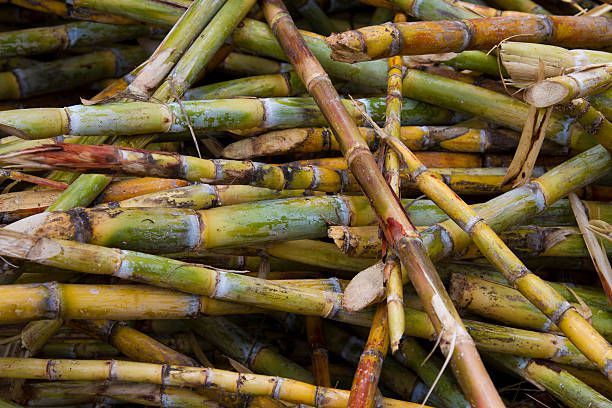
Source: Gettyimages
Sugar can be categorized into three main types: monosaccharides, disaccharides, and polyols. Monosaccharides are the lone wolves of the sugar world. However, disaccharides are composed of two monosaccharides linked together. Though polyols are not true sugars, they can be found in many sugar-free sweeteners. Who would have thought Sugar is that complicated?
The Birthplace of Sugarcane
So, let’s now travel back in time. Did you know sugarcane started being domesticated in New Guinea about 8000 BCE? Imagine the cavemen adding Sugar to their gruel. As such, sugarcane spread from there to places like the Philippines and India.
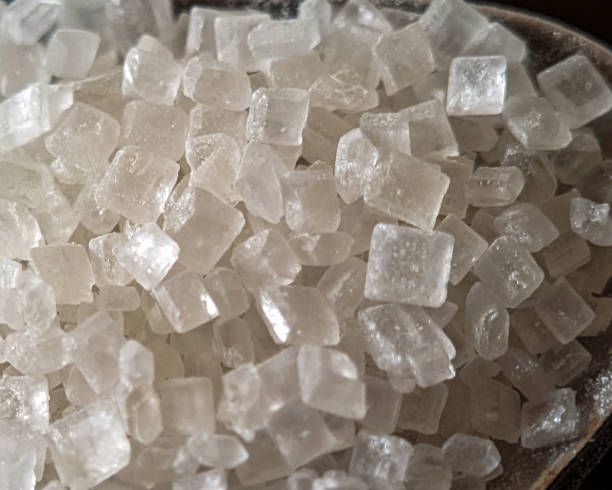
Source: Gettyimages
The cane sugar was first crystallized in ancient India. In fact, it is at least 2000 years old. When Alexander the Great’s friends came to India, they couldn’t stop talking about it. They did not realize that it would turn into a worldwide sensation.
Sugar's Medicinal Past
Sugar was once an herbal remedy. In ninth-century Iraq, Sugar mixed with fruits and spices was used to make syrups for medication. However, the use didn’t end with therapeutic purposes. However, in later years, British doctors recommended Sugar as a medicine for many diseases. They even administered the blowing of sugar powder into the eyes to relieve irritations.
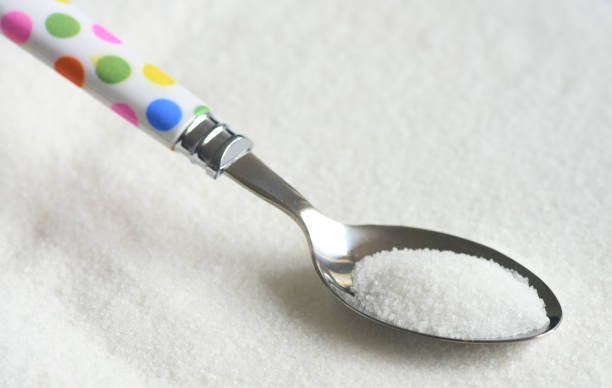
Source: Gettyimages
Sugar was not only a sweet treat but also an old home remedy. Can you picture visiting a doctor today and getting prescribed a sugar pill … or a sugar eyedrop?
Sugar and Slavery
Production of sweets did not always begin with a sweet affair. The Portuguese introduced sugarcane in Brazil and established plantations dependent on slave labor. This took little time, and sugarcane plantations spread to the Caribbean and greatly boosted an industry that would feed a sugar-addicted Europe.
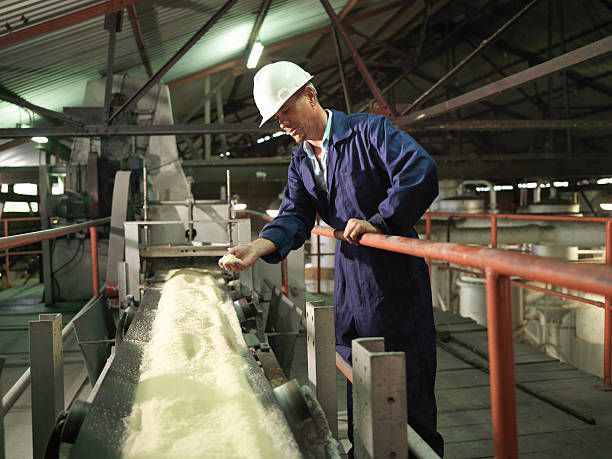
Source: Gettyimages
Though the history of Sugar is sometimes dark, it is important to learn from it. Historical awareness is as important as a spoonful of Sugar that helps the medicine go down.
The Once Exotic Spice
Do you think Sugar is only in sweets? Think again. In 12th-century England, Sugar was considered a spice. Surprisingly, a spice! It was bundled with exotic flavors like ginger, cinnamon, and saffron; the rich used it as a spice for savory foods.
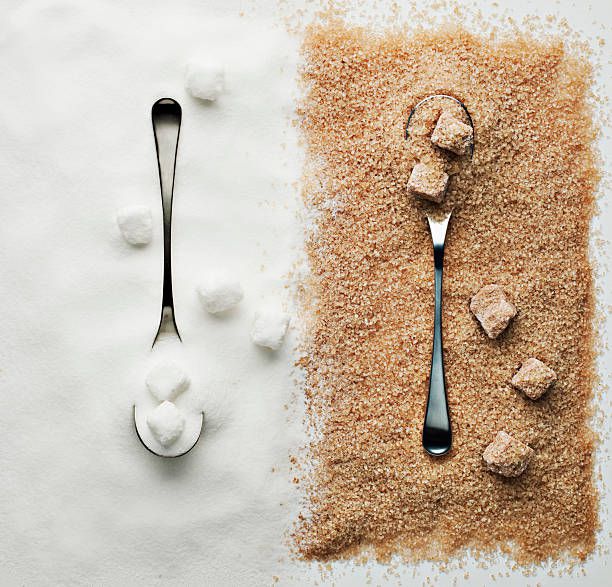
Source: Gettyimages
Initially, the classification took place, but later the categorization changed. For some time, however, Sugar proudly occupied its position on the medieval seasoning rack next to spice. It was something like the mythical unicorn of the kitchen, making everything it touched more magical.
The Sweet Life of Royalty
Sugar was a commodity that only the royals had access to in the past. And when they did, they ordered it in small quantities. It was, in fact, the “white gold” of medieval Europe.
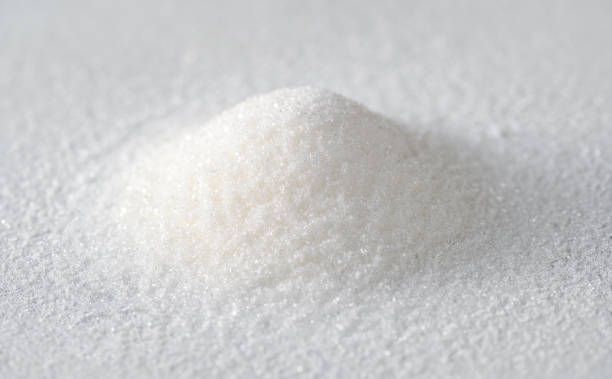
Source: Gettyimages
However, European royalty used to create sugar sculptures called “subtleties.” These subtleties were not just any centerpiece on the table. They were intricately designed works of art wheeled out during the royal feasts and were used to display the Sure they were not exactly a delicacy, but a feast to the eye nevertheless.
Sugar for the Masses
Initially a treat for the well-to-do, Sugar ultimately found its way into the diet of the working class. By the end of 1850, the prices went down, and the working class started consuming more Sugar than the wealthy. Imagine that dukes and duchesses would be more likely to buy Sugar than factory workers.
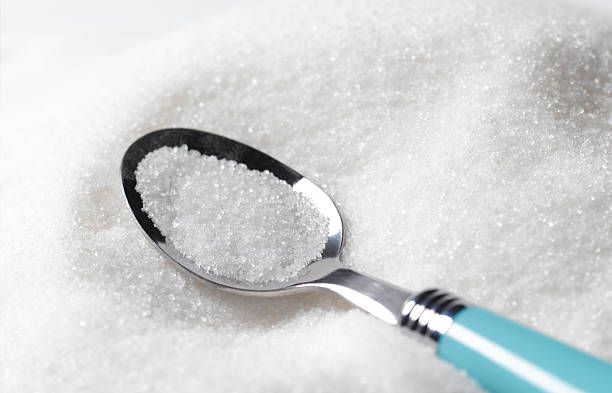
Source: Gettyimages
It gradually manifested in all types of foods, from oatmeal to biscuits. Actually, the sweet life now belonged not only to the rich and famous. Sugar had become democratized, making it a household commodity.
Sugar in Art and Warfare
However, Sugar wasn’t for eating or medical purposes only; it was also used in art and even in explosives during the World War I. Surprisingly enough, Sugar was a component of smokeless powder, a propellant. That kind of Sugar differs from the usual one, but the underlying chemistry is the same.
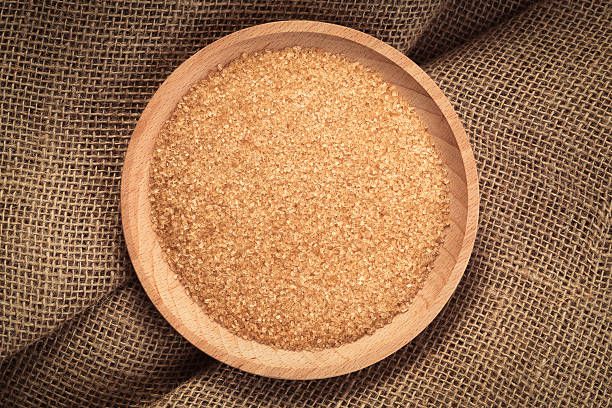
Source: Gettyimages
An artistic expression involving sugar art was practiced among Asians, who went beyond the subtle creations of European royalty. Consider how sugar-based sculptures and lifelike forms were created for festivals and ceremonies. Sugar is not just a treat for the tongue but also for the eyes and, in some cases, an explosion.
Beet Sugar vs. Cane Sugar
Finally, let us talk about beetroot. In 1747, German chemist Andreas Marggraf made an eye-popping discovery: Sugar in sugar beets is similar to sugarcane. This made it possible to develop sugar manufacturing in areas with colder climates, where sugarcane couldn’t be cultivated.
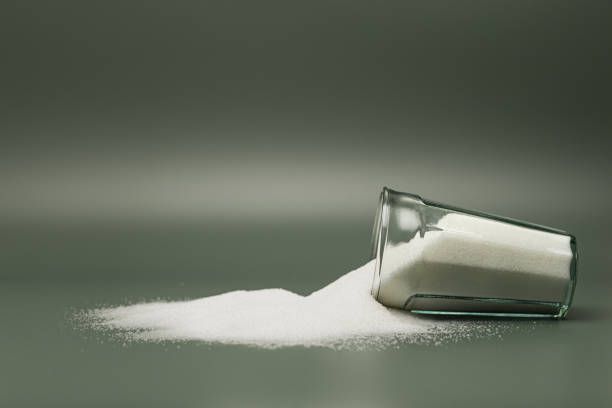
Source: Gettyimages
However, sugarcane still prevails, contributing to nearly 75% of the total world sugar production. It is largely produced in warm climates such as Thailand, China, Brazil, and India, while sugar beet is a cold climate crop produced mainly in Europe and America. Therefore, whether it is cane or beet, Sugar is indeed a worldwide phenomenon.
